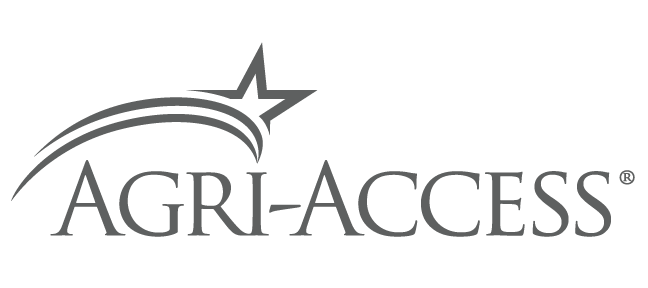Understanding 2023 Weather Anomalies in Agriculture

The upper Midwest had a record-smashing dry spring, from May 10 to the end of June. Meanwhile, the normally arid southwest and Rocky Mountain regions are drenched with their rainiest season on record.
These are prime examples of the weather anomalies that will define 2023. There is no region that has returned to normal conditions. What’s driving these unusual patterns?
Eric Snodgrass, principal atmospheric scientist and science fellow for Nutrien, showed how the various pieces of our climate fit together in his hourlong webinar, “Drought in Production Agriculture,” presented by Agri-Access for our network of lending partners. He explained the intricacies of climate, its atmospheric conditions and pressure patterns, and how they converge to form these anomalies in our weather.
What’s causing the dry conditions in the Midwest?
Changes in the wind
The root cause of a lack of rain can originate from the wind. Wind is created from temperature differences between air masses. Recently, unusual temperature patterns, with hot conditions in the north and cooler conditions in the south, have disrupted the jet stream. These weak and stagnant winds inhibit the transport of moisture. So the rain remained locked in place out west and in the southeast, depriving the upper Midwest of the rain it needed.
Snodgrass did have a silver lining to this scenario: The outcome of the crop season is still up in the air. He says our highest-yield seasons are characterized by a drier than normal May and June (right after planting when the soil may be holding on to moisture below the surface), followed by a wetter than normal July and August.
Unusual pressure patterns
Pressure patterns play a crucial role in the distribution of moisture. The key pressure patterns that meteorologists like Snodgrass monitor are subtropical highs known as the Bermuda High to the east and the North Pacific High to the west. When a hurricane reaches the Gulf of Mexico, the Bermuda High is what pushes the remnants of the storm up into the Midwest. However, the Bermuda High has shifted to the east, and as a result, the low pressure can’t generate the “whisking” movement to generate the lifting and rising needed to move moisture.
July and August will be critical months for Midwest farmers. El Nino has a high likelihood of persisting until next spring, and possibly gaining strength. If the Bermuda High shifts back into its normal station above Bermuda, that could break the trend and bring much-needed moisture to the crops.
Why forecasters were caught off guard by unusual weather patterns
With the combination of displaced subtropical highs and unusual temperature distributions in the Atlantic and Pacific, forecasters were unable to predict unusual weather patterns. The development of El Nino, which is associated with wetter conditions, led to predictions of widespread flooding in the Midwest. What forecasters didn’t anticipate is just how much a shift in pressure patterns would keep the rains from reaching the Midwest.
Understanding the risk
Farmers cite the weather as the largest risk to their commodities and livelihood. As we seek understanding, it’s human nature to turn to superstition and debunked theories (such as the eruption of the Tonga volcano) to discern patterns and resolutions.
As Snodgrass explains it, predicting long-term climate patterns accurately still hasn’t been mastered by the field of meteorology, thanks to gaps in data and the need for more robust computing power to analyze it. Besides that, research has yet to uncover a true drought pattern we can predict. When gauging the risk of weather to crops and livestock, it’s important to be aware that our long-term forecasting abilities are still very limited. Short-term forecasting, by contrast, is highly accurate, he explained.
Want to better appreciate the intricacies of our climate? A great place to start is by watching a replay of Snodgrass’s webinar, and then bookmarking the plethora of resources he provided.
Get the link by reaching out to your Agri-Access relationship manager.
